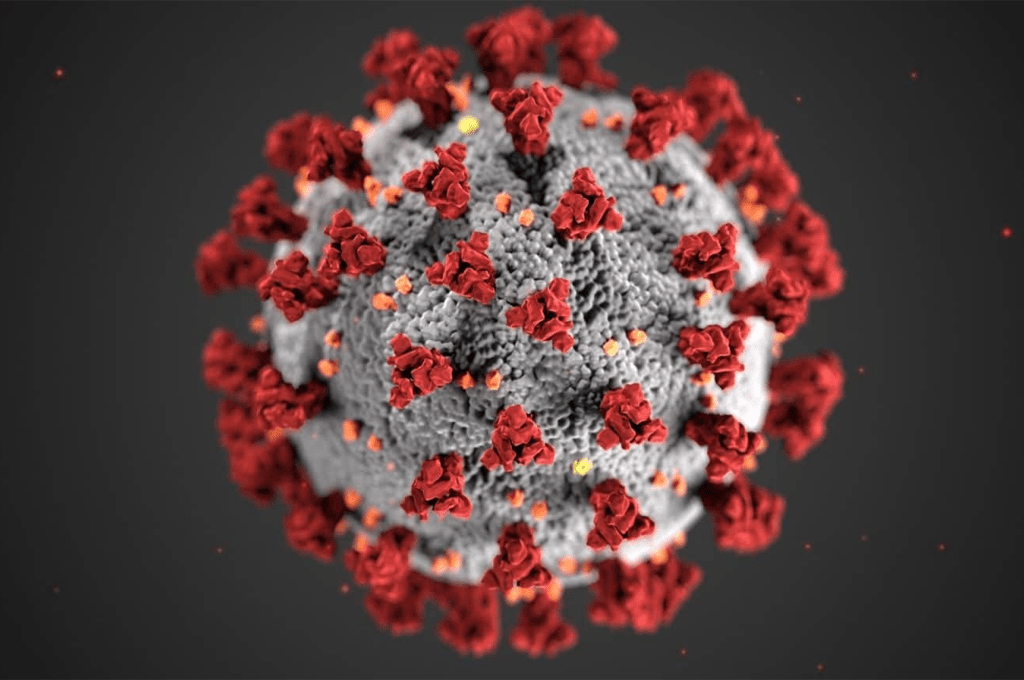Genomic data indicate two main migration routes into Scandinavia following the last ice age
A novel study led by Mattias Jakobsson (Uppsala University/SciLifeLab) suggests that migrants settling down in Scandinavia after the last ice age initially came from the south, but later also from the northeast. As the groups met and mixed, a new population displaying patterns of genetic adaptation to high latitude environments arose.
When the ice sheet retracted from northern Europe following the last ice age around 23,000 years ago, new habitable areas emerged, allowing plants and animals to recolonize the Scandinavian peninsula. To find out more about where the migrants came from and to explore the genomes of the new population, the researchers of the present study sequenced the genomes of seven hunter-gatherers excavated across Scandinavia, dated as being 9,500-6,000 years old.
Their results indicate that the migrants mainly came from south at an early stage, but later from the ice-free Arctic coast of (modern-day) northern Norway. As these two groups encountered and reproduced, a novel population occurred. In addition, the data reveal that this was a more genetically diverse population than the central and western European hunter-gatherers living during the same epoch and that they also show pattern of adaptation to high latitude environments, including high frequencies of low pigmentation variants as well as a gene region associated with physical performance, which shows strong continuity into modern-day northern Europeans.
Read the full paper in PLOS Biology
Read the press release by Uppsala University




